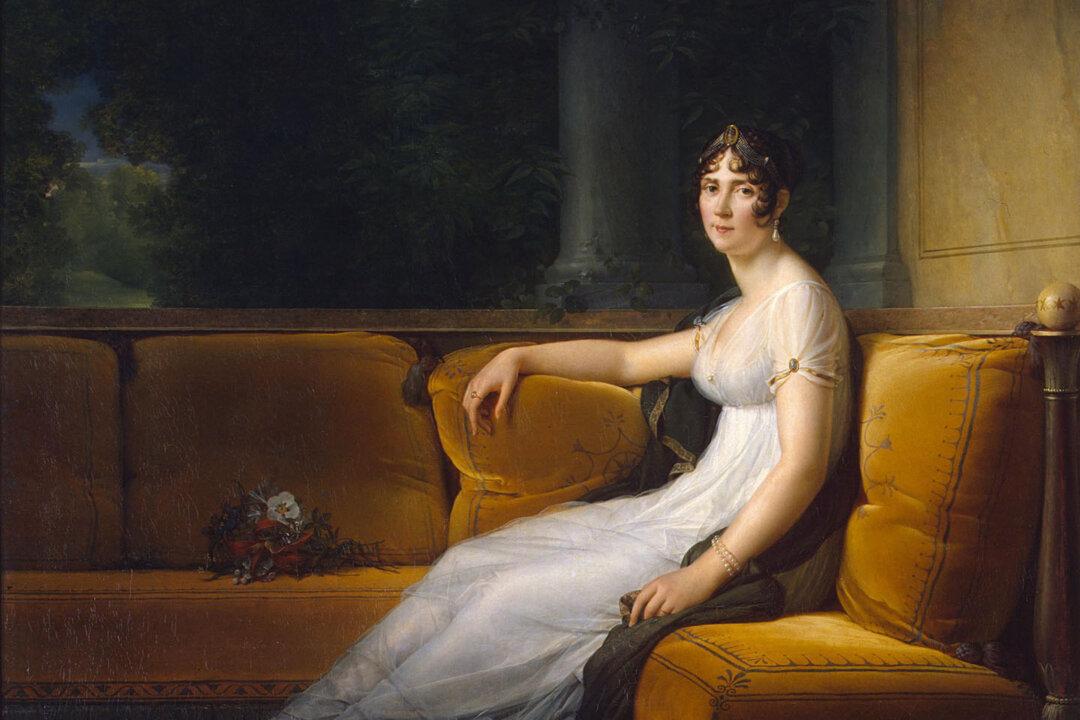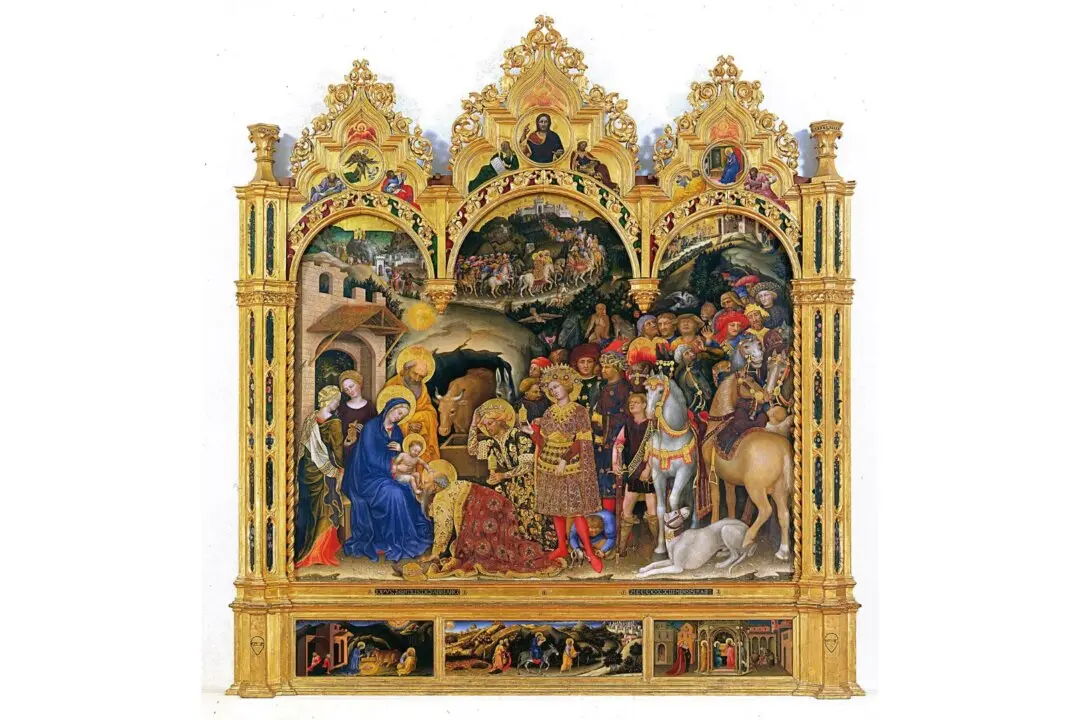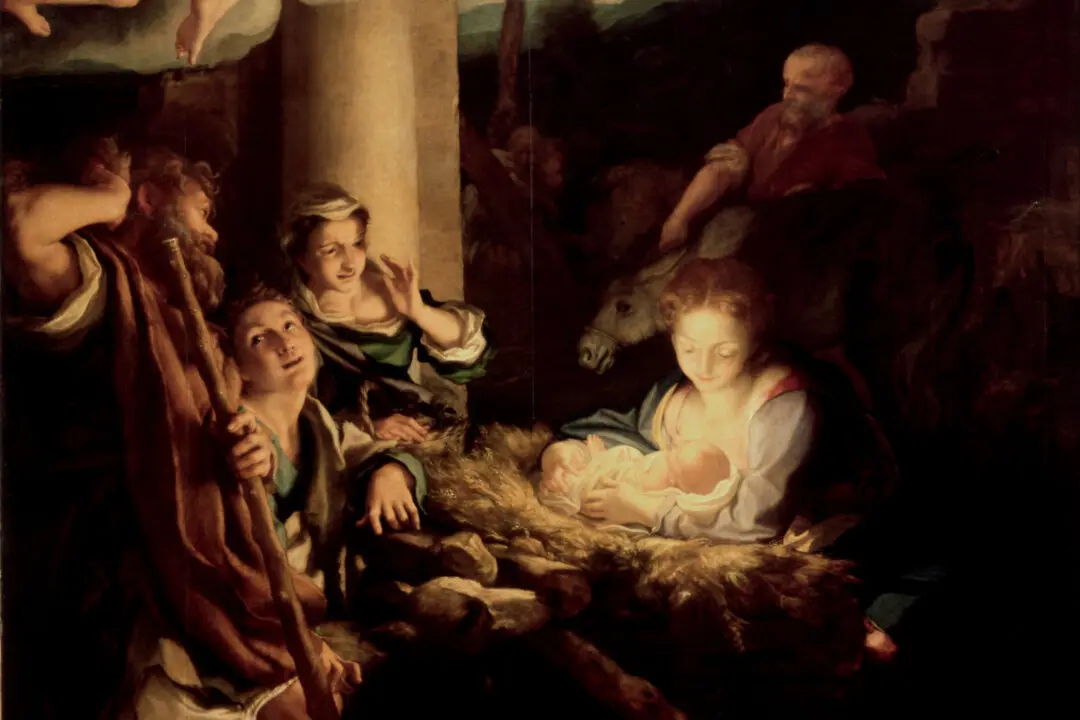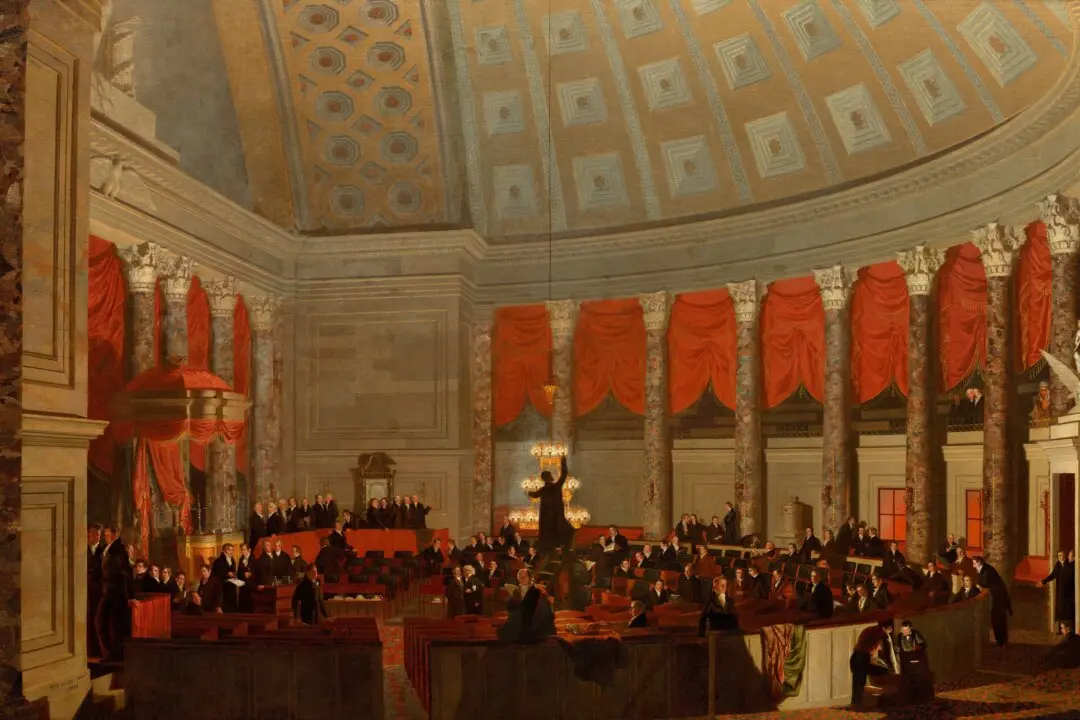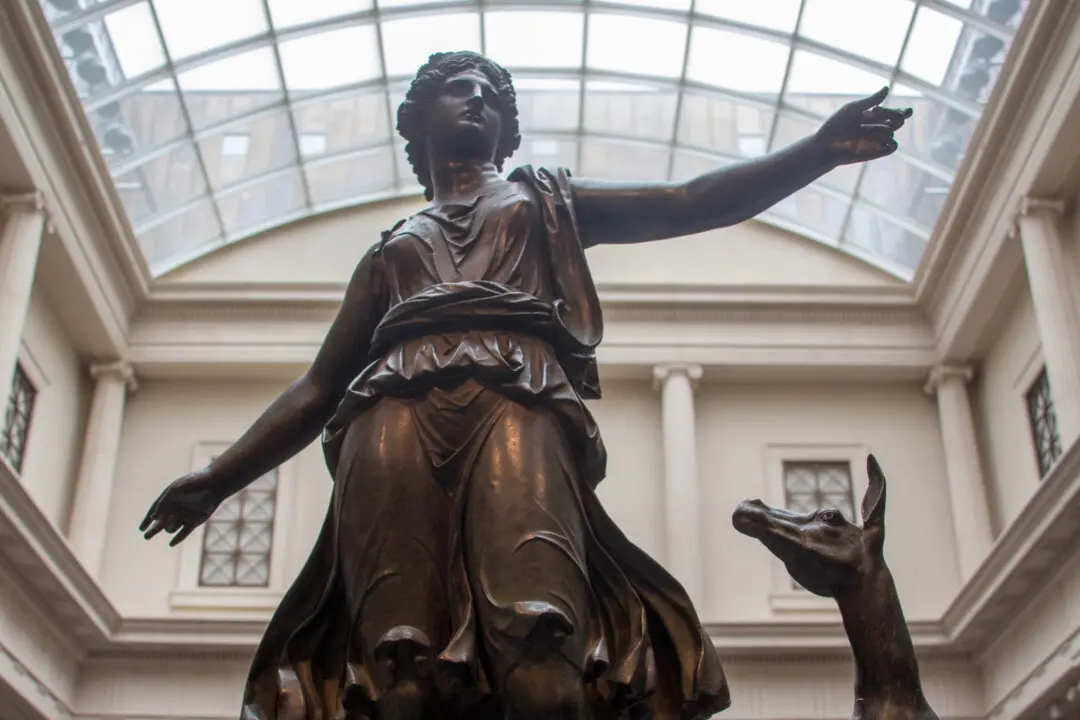Irish poet and writer Oscar Wilde quipped: “Fashion is ephemeral. Art is eternal. Indeed what is a fashion really? A fashion is merely a form of ugliness so absolutely unbearable that we have to alter it every six months!” It’s true that models, trends, and even designers often come and go. It is rare for something or someone to become a lasting icon. But some fashions, it seems, have staying power.
France, while universally famous for its luxurious fashion industry (and Paris as its peak-of-chic capital) boasts three ladies from its history—Queen Marie Antoinette, Empress Joséphine, and Empress Eugénie—who continue to inspire designers, books, movies, television, exhibitions, collectors, and lovers of history and style. These consorts set the trends of their times and remain timeless French fashion plates. Surviving portraiture helps the modern viewer understand how each woman’s taste transcended borders and eras.

